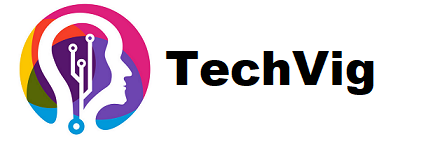Latest Post
Exploring the Possibilities with Ztec100.com 2024
Amidst a global focus on health and wellbeing, there is an increased need to discover practical solutions. Ztec100.com is a...
Read more11 Best Websites to WatchSeries – Online Free In 2024
Overview Online streaming has fundamentally transformed the way we consume entertainment in the current digital era, offering unmatched convenience and...
Read morerajkotupdates.news/the-us-is-on-track-to-grant-more-than-1-million-visas-to-indians-this-year
Overview Over the past few years, the United States has issued a substantial surge in visas to individuals from India....
Read moreHow to Unblock Tamilrockers in 2023
Overcoming the prohibition on Tamilrockers in 2023 may appear challenging, mainly due to heightened restrictions and control procedures. Nevertheless, by...
Read moreThe Best TamilMV Proxy Servers of 2024
TamilMV was a renowned torrent website in South India that gained popularity for illegally distributing copyrighted movies. Owing to its...
Read more52+ rarbgunblock Proxy (May 2024) Working Mirror Sites To Unblock 100% Working
RARBG torrents is widely recognized as one of the top torrent websites for downloading films, movies, TV series, games, apps,...
Read more5 Key Career Lessons from Abraham Quiros Villalba
Although Abraham Quiros Villalba may not be widely recognized, his narrative is characterized by exceptional commitment and valuable contributions to...
Read moreUnveiling Andre Hakkak’s Net Worth
What is Andre Hakkak's exact net worth? Andre Hakkak is often cited when considering successful entrepreneurs and tycoons. Hakkak, with...
Read moreHow to Join the Los Angeles Knight Riders
Membership in the Los Angeles Knight Riders, a professional cricket team, is often restricted to seasoned cricket players. Here is...
Read moreExpert Tips: Perfecting the Butterfly Haircut with Bangs 2024
Are you seeking a novel, enjoyable, and adaptable hairstyle that will effortlessly alter your appearance? If you are looking for...
Read more











